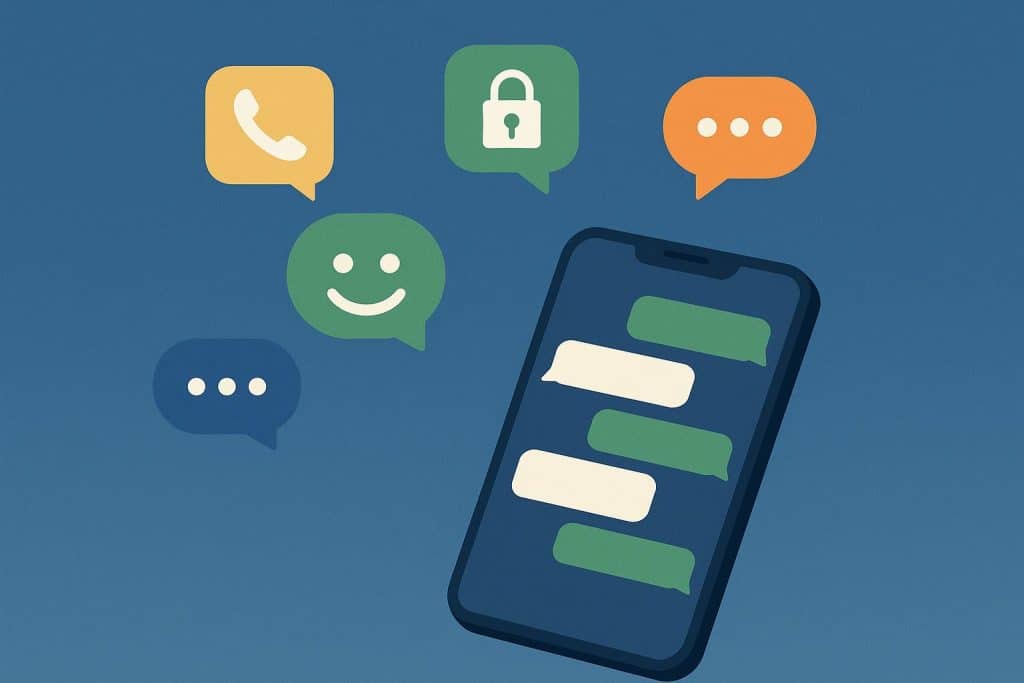It’s strange how quickly our daily conversations have shifted from face-to-face to screen-to-screen. Whether it’s a family chat, a project update, or a simple meme exchange, messaging apps have quietly become the glue that keeps modern life connected. What’s fascinating, though, is how these tools keep evolving—especially for people who need different languages or ways to log in. Two platforms have stood out recently for doing just that: one designed for Chinese-speaking users, and another that helps people access their favorite messenger straight from a web browser.
A Familiar Space for Chinese Users
If you’ve ever tried using a messaging app in a language you’re not fluent in, you know how frustrating it can feel. The icons make sense, but the menus don’t. That’s why a platform like Telegram中文版 feels like a breath of fresh air for so many. It mirrors the core experience of the global app but wraps it in a familiar, Chinese-language interface that’s easier to navigate and understand.
At its heart, this localized version keeps all the same perks people love about the original, secure encryption, lightning-fast messaging, and the ability to send large files or create communities that feel more like online town squares than chatrooms. The difference is that it’s been tailored for users who think, read, and communicate in Chinese every day.
The Freedom of Web-Based Messaging
Now imagine the other side of that coin: not about language, but about accessibility. That’s where the idea behind whatsapp网页版登录 comes in. It’s built for people who live behind a computer screen most of the day—students typing essays, designers editing files, office workers glued to spreadsheets. For them, constantly switching between phone and desktop just to reply to a message can feel like running a mini marathon.
With this web-based login, messaging becomes part of the workflow instead of a distraction from it. Once your phone and browser are linked, your chats sync instantly across both. Messages appear in real time, and you can drop photos, files, or even quick replies without ever touching your phone. It’s one of those small conveniences that end up saving a surprising amount of time.
Of course, even with all that convenience, there’s a bit of fine print to keep in mind. The web version still depends on your phone connection. If your mobile device dies, the session may temporarily disconnect. And since browsers are shared environments, logging out when you’re done is a smart habit—especially on public or work computers. But once those basics are covered, it’s hard to imagine going back to the days of juggling two screens just to stay in touch.
Different Paths, Same Goal
What’s interesting about these two platforms is how differently they approach the same universal need, staying connected. One breaks down language barriers, making technology feel more inclusive. The other focuses on practicality, keeping conversations accessible wherever you happen to be working.
They reflect how global communication is no longer one-size-fits-all. For some, comfort comes from reading menus and notifications in their native language; for others, it’s the ease of typing messages without picking up their phone. Together, they highlight a broader truth about digital life: convenience doesn’t just mean faster; it means more personal.
At the same time, every innovation brings new responsibilities. Whether you’re using a localized version or a browser-based login, understanding where your data goes—and who manages it—matters more than ever. Privacy and safety might not be the first things people think about when chatting with friends, but they’re what make that chat possible in the first place.
The Bigger Picture
If there’s one thing these tools show, it’s how communication keeps stretching beyond boundaries, both linguistic and technological. A Chinese-language version like Telegram makes digital spaces feel more familiar for millions of people, while a tool like whatsapp makes the same technology more practical and flexible.
Together, they capture the way our digital lives are evolving: inclusive, cross-platform, and human at the core. Because at the end of the day, messaging apps aren’t really about software. They’re about people—how we connect, share, and make sense of the world together, one message at a time.
Angela Spearman is a journalist at EzineMark who enjoys writing about the latest trending technology and business news.

